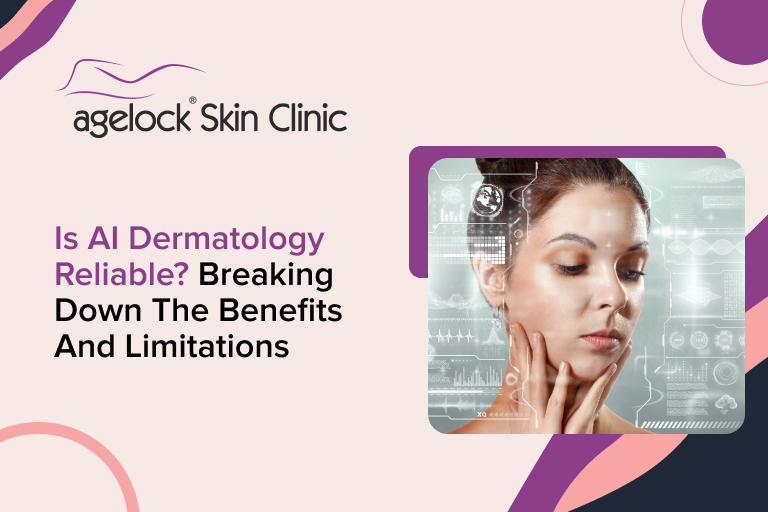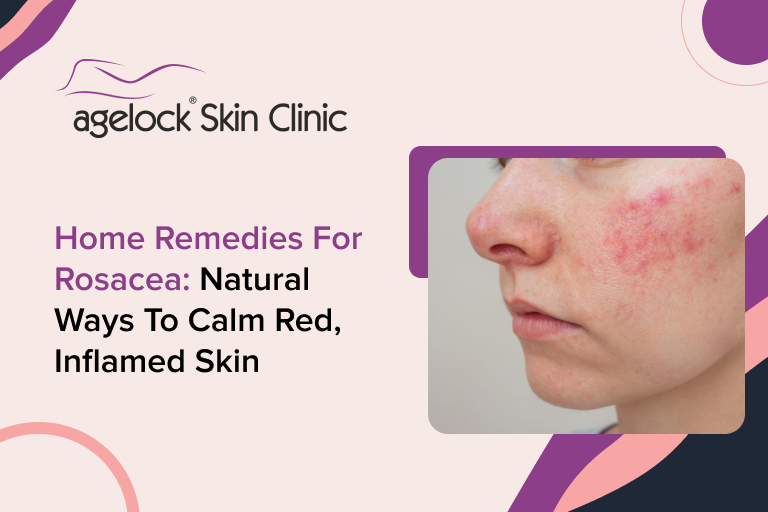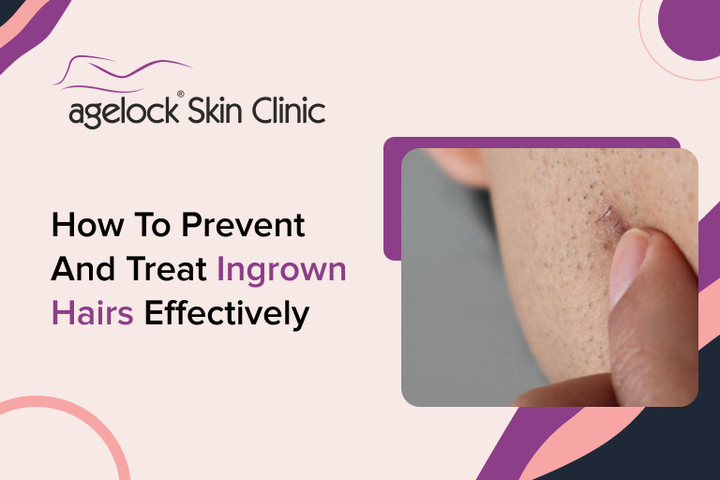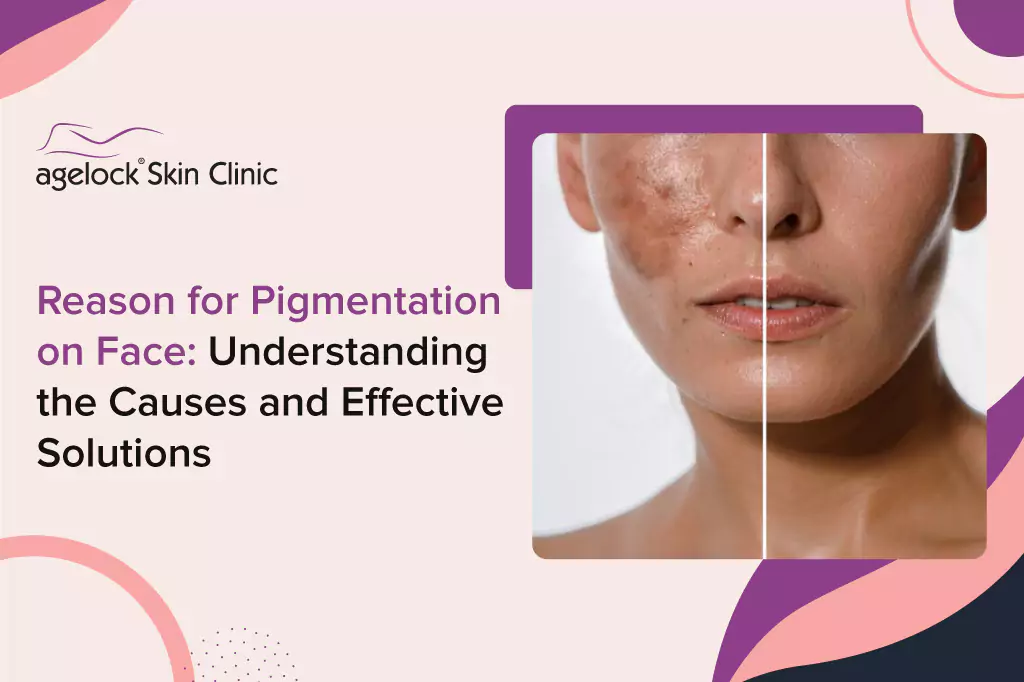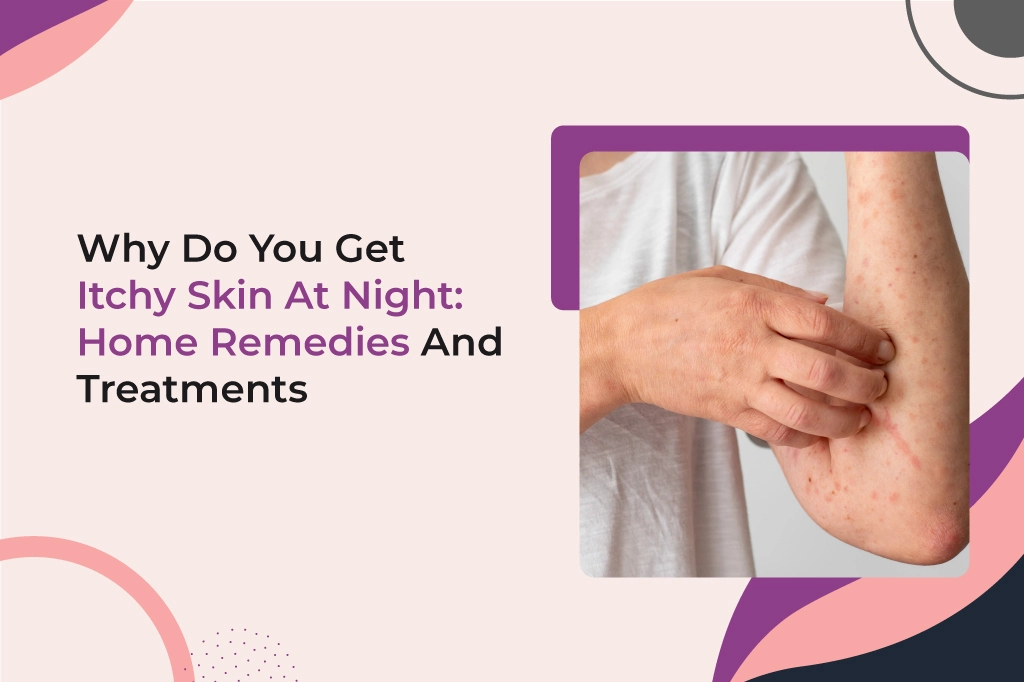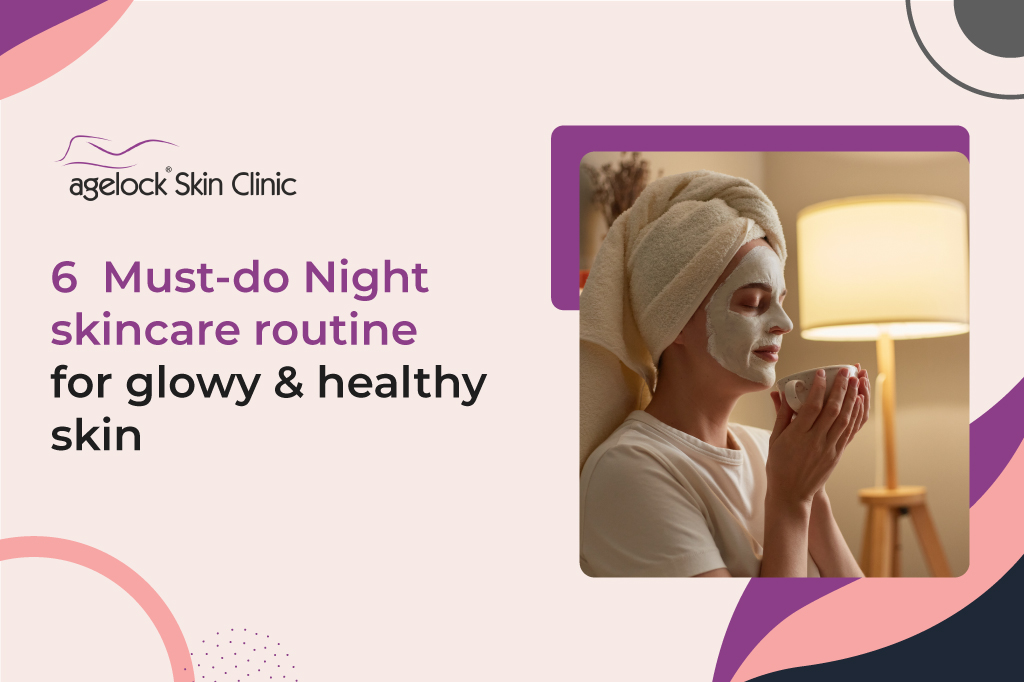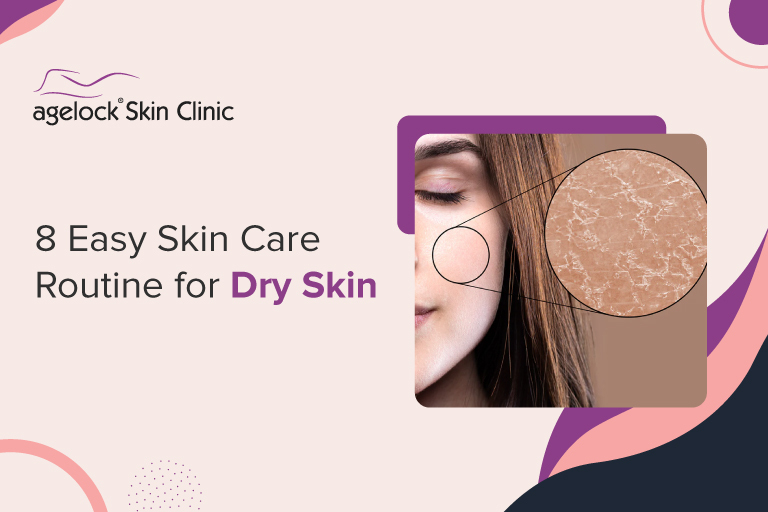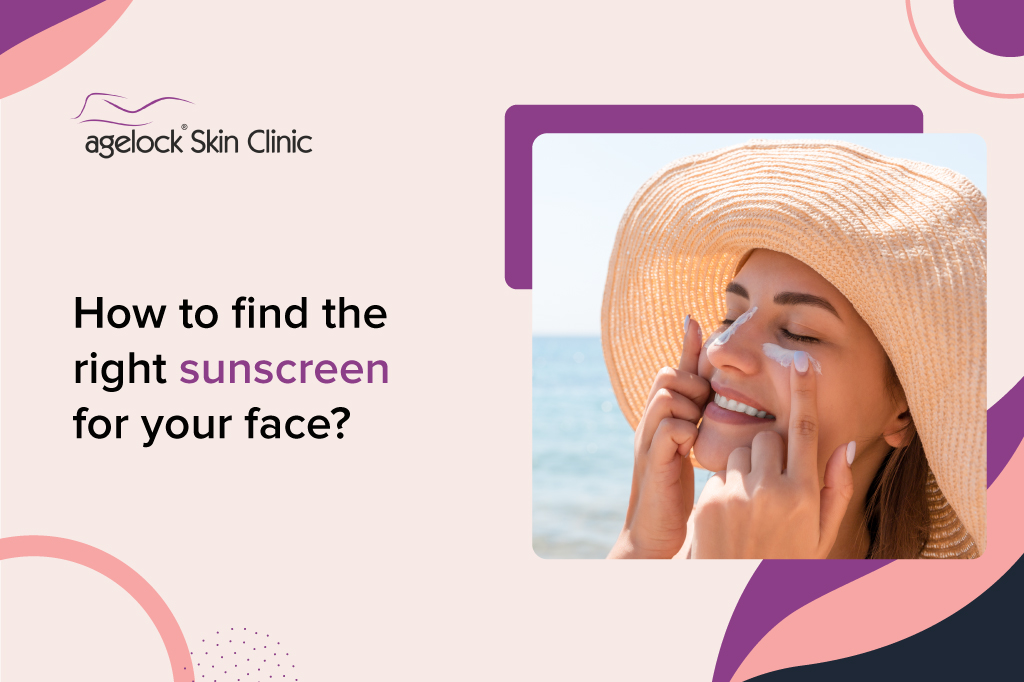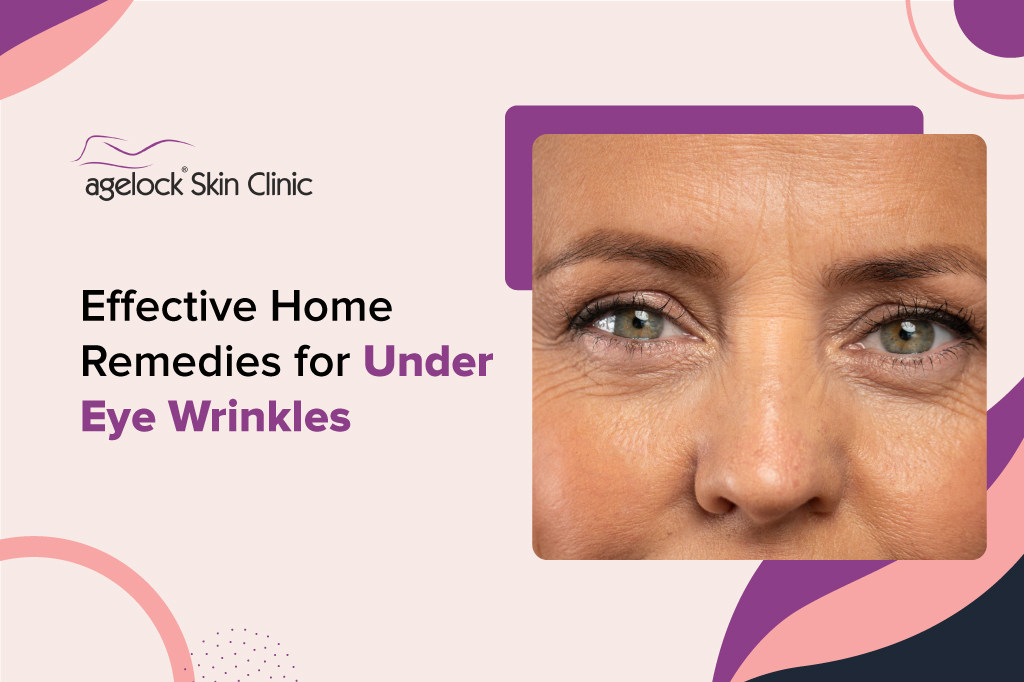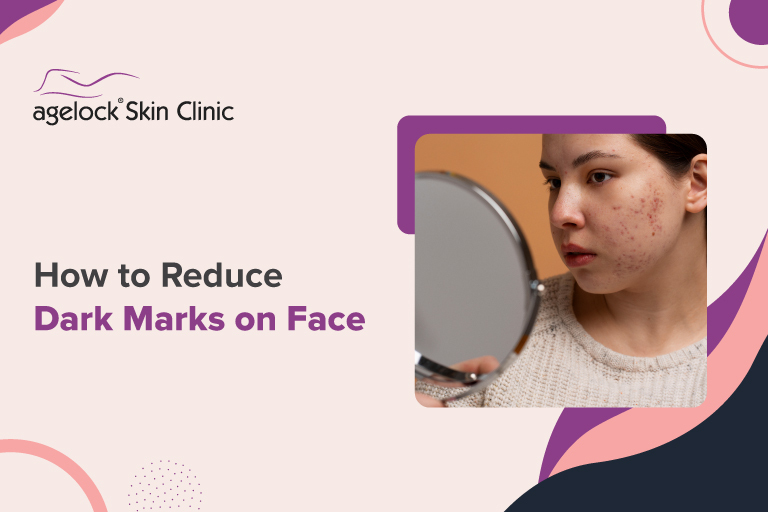Retinol is a form of vitamin A that can do wonders for your skin. It can help treat acne, reduce signs of ageing, improve skin texture, and even out skin tone. But how to use retinol for beginners? If you are new to this powerful ingredient, you might have some questions and concerns. Here are some tips and tricks to help you get started with retinol skincare.
What is retinol, and how does it work?
Retinol is a type of retinoid, which is a main derivative of vitamin A. Retinoids work by increasing the turnover of skin cells, which means they help shed the old and dull cells and reveal the fresh and new ones underneath. This process can improve various skin issues, such as:
- Acne: Retinol helps unclog pores and reduce inflammation, which can prevent and treat breakouts.
- Ageing: Retinol stimulates the production of collagen, which is a protein that keeps your skin firm and elastic. Retinol also smooths out fine lines and wrinkles by plumping up the skin.
- Sun damage: Retinol can fade dark spots and hyperpigmentation caused by sun exposure. It can also strengthen the skin barrier and protect it from further damage.
Choosing the right product
One of the most important steps in learning how to use retinol for beginners is choosing the right product for your skin type and concern. There are different types and strengths of retinoids available, some of which require a prescription from a doctor. For beginners, it is recommended to start with an over-the-counter (OTC) retinol product, which is usually less irritating than prescription retinoids.
When choosing an OTC retinol product, you should consider the following factors:
- Concentration: The concentration of retinol in a product indicates how potent it is. The higher the concentration, the more effective but also more likely to cause side effects. For beginners, it is advisable to start with a low concentration of 0.3% or less.
- Formulation: The formulation of a retinol product affects how well it penetrates the skin and how stable it is. Some formulations are more suitable for certain skin types than others. For example, creams and lotions are good for dry or sensitive skin, while gels and serums are good for oily or acne-prone skin.
- Packaging: The packaging of a retinol product affects how well it preserves its potency and effectiveness. Retinol is sensitive to light and air, which can degrade it over time. Therefore, it is best to choose a product that comes in an opaque, air-tight and pump dispenser bottle.
Applying Retinol for the First Time
Once you have chosen a suitable retinol product, you need to know how to apply it correctly to get the best results and avoid potential side effects. Here are some steps to follow when applying retinol:
- Start slowly: Retinol can cause irritation, dryness, redness, peeling, or sensitivity when you first use it. To minimize these side effects, start slowly by applying a pea-sized amount of retinol once or twice a week at night. Gradually increase the frequency and amount as your skin gets used to it.
- Use sunscreen: Retinol can make your skin more sensitive to the sun’s UV rays, which can cause sunburns or worsen existing sun damage. To protect your skin, you should always apply broad-spectrum sunscreen with at least SPF 30 every morning. It would help if you also avoid direct sun exposure and wear protective clothing, hats, and sunglasses when outdoors.
- Avoid other irritants: Retinol can make your skin more prone to irritation from other sources, such as harsh cleansers, scrubs, toners, or other active ingredients. To prevent overloading your skin, you should use gentle and hydrating products that are fragrance-free and alcohol-free. You should also avoid using other retinoids, exfoliants, or acne treatments at the same time as retinol unless directed by a doctor.
Take away:
Retinol is not a quick fix for all your skin problems. It takes time and patience to see the benefits of retinol. Depending on your skin type, concern, and product, it can take anywhere from 4 to 12 weeks to notice any improvement. However, once you do see the results, you will be amazed by how much smoother, brighter, and younger your skin looks. Retinol is a powerful and versatile ingredient that can transform your skin. By following these tips on how to use retinol for beginners, you can enjoy the benefits of retinol without the risks. If you are interested in learning more about retinol skincare, you can contact AgeLock Skin Clinic to get expert advice and guidance.


